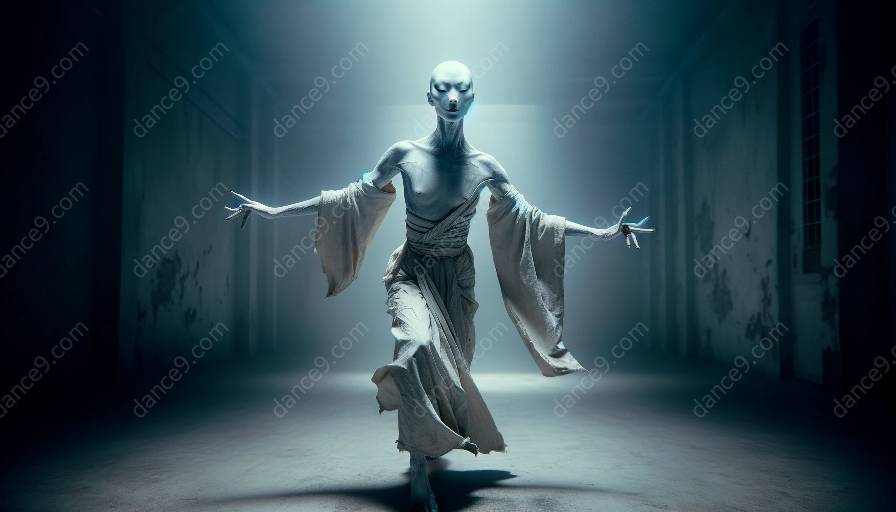Butoh, a contemporary dance form that emerged in Japan in the 1950s, is known for its distinct characteristics that set it apart from traditional Western dance styles. As an assistant in dance classes, it's important to understand the unique features of butoh choreography and how it can be integrated into dance education.
Origins of Butoh
Butoh was founded by Tatsumi Hijikata and Kazuo Ohno as a reaction to the Westernization of Japan and as a form of avant-garde performance art. It draws influences from Japanese traditional arts, German expressionist dance, and surrealism, resulting in a highly unconventional and symbolic style.
Characteristics of Butoh Choreography
1. Slow and Controlled Movements
Butoh is characterized by slow, controlled, and deliberate movements. Dancers often use a low center of gravity and move with a sense of weight and resistance, creating an otherworldly and captivating presence.
2. Distorted and Transformational Body Movements
Butoh encourages dancers to explore the limits of their bodies, often leading to distorted and transformational movements. Dancers may contort their bodies, creating visually striking and emotionally charged performances.
3. Emotional Expression
Butoh places a strong emphasis on emotional expression and often touches on themes of darkness, death, and the human condition. Dancers strive to convey raw and primal emotions through their movements, creating a deep and visceral connection with the audience.
4. Use of Imagery and Symbolism
Butoh incorporates imagery and symbolism, often drawing from Japanese mythology, folklore, and nature. Dancers use gestures and facial expressions to evoke powerful and evocative imagery, adding depth and layers of meaning to their performances.
5. Theatrical Elements
Butoh choreography often includes theatrical elements, such as elaborate costumes, makeup, and props, enhancing the visual and symbolic impact of the dance.
Integration of Butoh into Dance Classes
As an assistant in dance classes, understanding the main characteristics of butoh choreography can enrich the curriculum and inspire creativity among students. By introducing students to the unique movements, emotional expression, and symbolism of butoh, dance educators can expand their students' understanding of dance as an art form.
Furthermore, integrating elements of butoh into dance classes can help students develop a deeper connection to their bodies and emotions, fostering a more holistic approach to dance education.
Conclusion
Butoh choreography embodies a distinct and evocative style characterized by slow, controlled movements, emotional expression, symbolism, and theatrical elements. Understanding these main characteristics can enhance the teaching of dance classes, providing students with a broader perspective on the art of dance and inspiring them to explore new forms of movement and expression.













































































